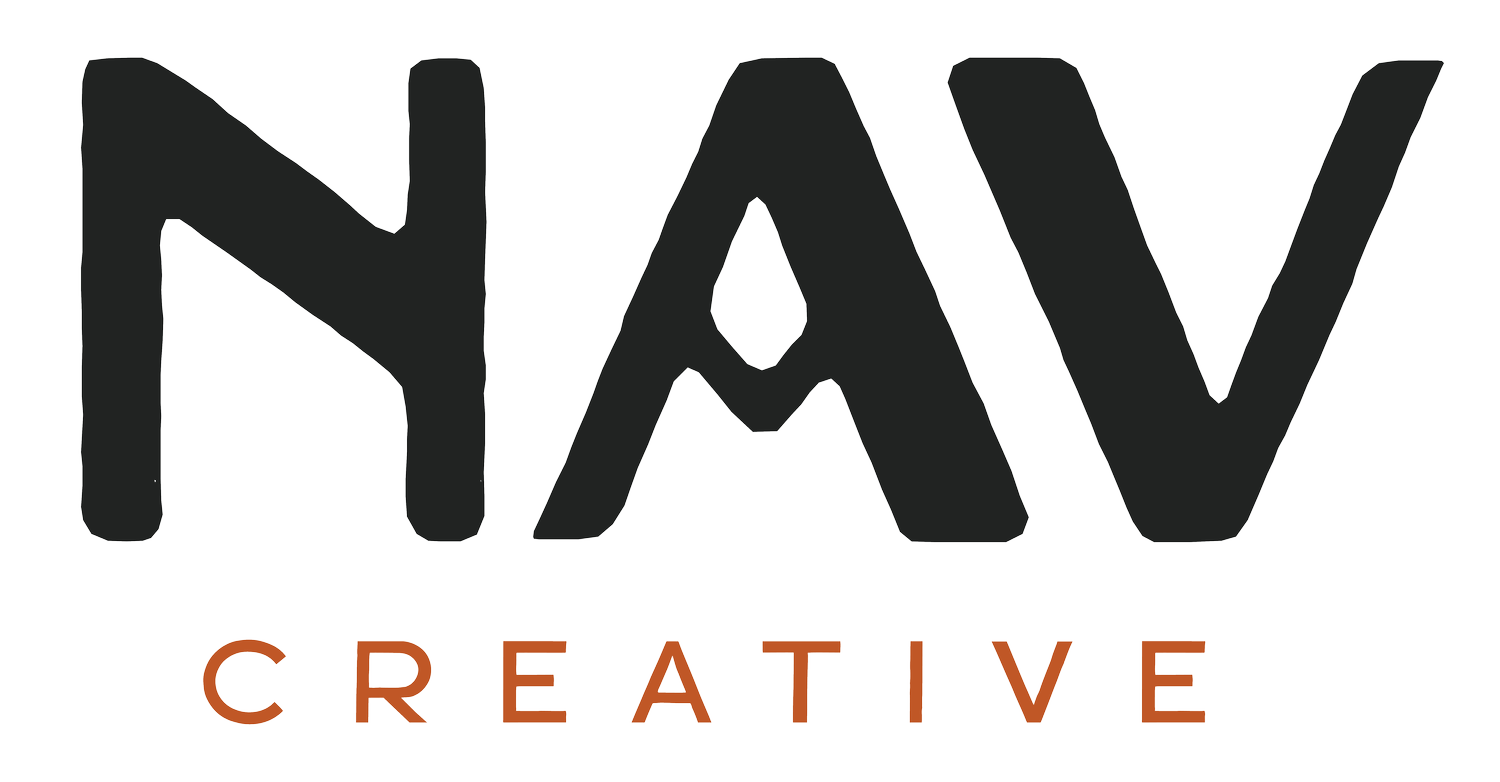Choosing Your Squarespace Compatible Payment Processor
Editor’s Note: This blog has been updated with new information about Squarespace’s pricing for digital products.
One critical piece of building an online business is deciding how you’re going to accept payments. For better or worse, SquareSpace simplifies this by offering only two payment processor choices: Stripe and PayPal. In this post we’ll explain what Stripe and PayPal are and discuss the advantages and disadvantages of each. By the end of this post you should be able to decide which payment processor is best for your online business.
Stripe in a Nutshell
Stripe is an online payment software that allows you to accept credit cards as payment on your Squarespace site. The credit cards supported by Stripe are:
Visa (credit and debit cards)
MasterCard (credit and debit cards)
American Express
Discover (US merchants only)
Diner's Club
JCB
Apple Pay
PayPal in a Nutshell
PayPal is also an online payment software. However, unlike Stripe, PayPal does not require the buyer’s credit card information to complete a transaction. Instead, the entire transaction takes place through PayPal. PayPal also allows you to accept payments through Venmo.
How Are the Two Similar?
In most respects the features offered by Stripe and Paypal are nearly identical. Both systems have similar transaction fees, allow you to pay as you go, have no recurring or subscription fees, provide invoicing and recurring billing features, and offer fairly good customer support.
What are the Advantages and Disadvantages of Stripe?
Advantages:
Stripe Seamlessly integrates with SquareSpace. Unlike Paypal, customers stay on your site through the entire transaction
Customers don’t have to have an account to complete the purchase. All they need to do is provide their credit card information
Stripe offers greater customization for more complex e-commerce businesses.
Disadvantages:
Stripe doesn’t accept payment from as many international countries
Sellers have to wait around two days after the transaction to access their funds
What are the Advantages and Disadvantages of PayPal?
Advantages:
Paypal allows payments from 200+ countries
PayPal is simpler and specifically designed for the everyday business owner.
Sellers have the option to get immediate access to their funds
Users never have to fill in their credit card information
Disadvantages:
Customers are redirected to PayPal to complete transaction
Customers are required to create an account to complete the transaction
PayPal has fewer customization options
Which Payment Option should I use?
From a monetary point of view, there isn’t any real compelling reason not to offer both. Neither company charges recurring fees so it won’t cost you any money even if one of the payment systems is completely underutilized.
In addition, offering both offers greater flexibility for the customer and will likely increase your conversion rate. By offering both, customers who are uncomfortable providing their credit card information can pay through PayPal, and customers who don’t have a PayPal account can pay through credit card.
That being said, offering both services definitely isn’t for everyone. If you’re not tech-savvy it may be a little bit cumbersome and confusing to have to manage payment accounts from two different companies. If you’re looking for simplicity, PayPal is probably the better option since it is specifically built to be simple and easy to use.
As of 2024, Squarespace has altered its pricing and fees for add-on’s including Member Areas, Courses, and similar products, and is now selling them as part of an all-inclusive subscription which covers "digital products.” These fees will show up on both Stripe and PayPal. Read here to learn more about how Digital Products on Squarespace work.
